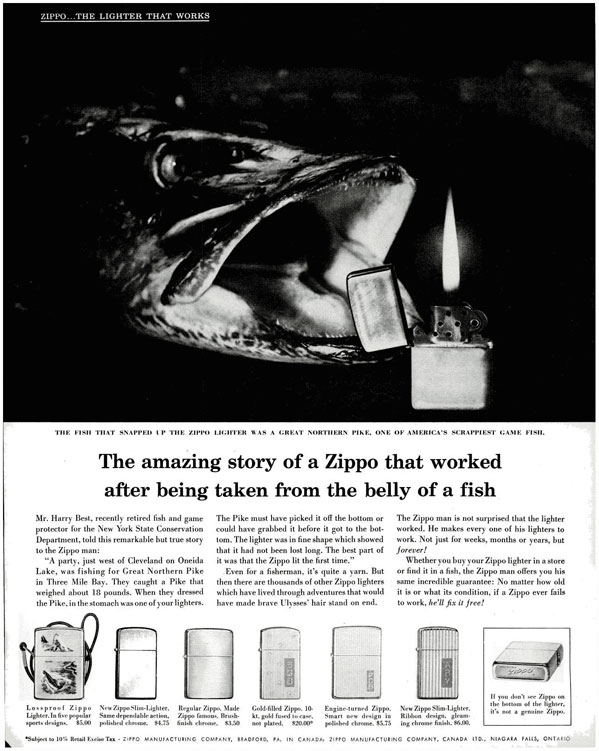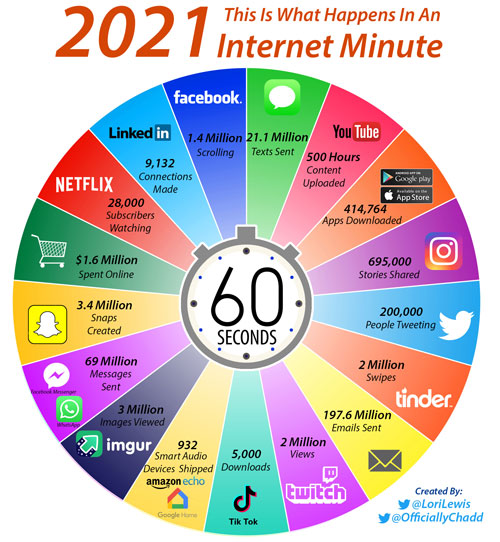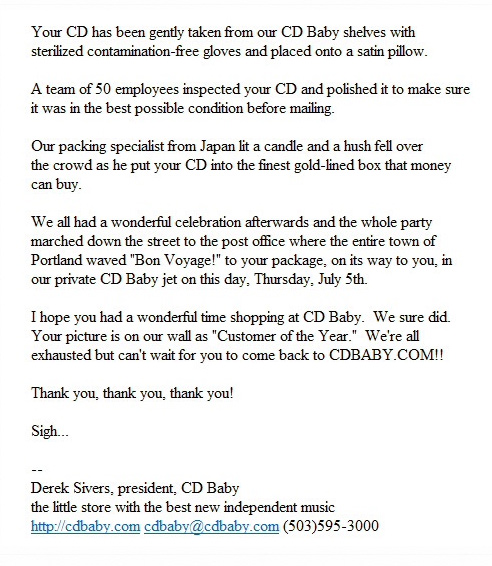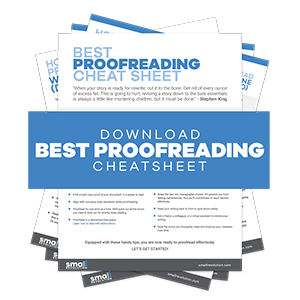Do you want to improve your writing skills while potentially earning a great income?
Do you dream of a laptop lifestyle, working from anywhere in the world?
Then you might consider copywriting.
Copywriting is a writing skill and a service of selling products and services in a written form.
Writing content for online and offline ad campaigns.
Stuff like:
- Advertisements
- Marketing materials (brochures, flyers, web content, e-books, video scripts, etc.)
- Social media content and ad campaigns
- Email newsletters and campaigns
The shortest way to define a copywriter is “salesman in print“.
A copywriter’s job is to produce a high-converting copy (promotional text). Taking the personal one-on-one sales approach to the masses.
Almost every company in the world needs a copywriter. So, creative people who know how to write quality copy are highly sought after on the global job market.
But being a copywriter is much more than being a salesman on paper.
It’s a process that entails:
- Research of products or services sold.
- Discovering the right target audience.
- Connecting with the target market by creating fascinating stories.
The primary goal is to get the readers to take action, or how we say in the biz — to convert.
When we say to take action or to convert, that can mean several things, such as:
- Clicking a link (leading to a sales page, to download something, etc.)
- Leaving an email address (newsletter subscription)
- Sharing, liking, subscribing (Social media actions)
- Using a discount code from a piece of marketing material (digital or print)
- Buying a product or a service (which is the ultimate goal)
We’ll take a look at 5 killer copywriting examples and techniques so that we can see what they have in common.
The goal is to get a little insider copywriting knowledge and learn how to create your own crazy converting killer copy.
The Power of Storytelling in Copywriting – The Zippo Story
Even though the primary purpose of copywriting is to sell stuff, great copy always starts with an amazing story.
Story-based ads make people curious and wanting to learn more about what happened and why.
Also, the story makes the relationship between the reader and the brand more personal. That relationship is then much more likely to turn into a conversion.
Here is a great example of a story being used in an advertisement written by the legendary David Ogilvy.

This ad tells a real “fish story” of an old fisherman who found a working Zippo lighter inside an 18-pound pike he’d caught.
Pretty amazing copy and sounds unbelievable too, right?
No matter if this is a true story or not, it’s still a great way to sell by showcasing two things about the product/company:
- Zippo lighters are extremely durable (working even after being underwater).
- The Zippo company offers a lifetime, no-questions-asked guarantee.
The headline of the ad alone tells the story.
Just like a fisherman’s hook, a killer headline hooks the readers and gets them to keep reading.
This, in fact, is the main purpose of headlines — to get people to read the first sentence of the ad. And the first sentence has the job of getting them to read the second sentence, and so on.
David Ogilvy was a master at creating this type of short story copy. Many of his advertisements still have a cult-like following and must-read status among copywriters.
Pro Tip: Look up old advertorials and study them.
So, if we think about it, what is the thing we enjoy about stories?
Well, if the story is interesting we want to know what will happen next. But even more than that it’s the range of emotions a good story makes us experience.
That’s why in the next example we’ll find out why emotion is an important factor for converting audiences.
The Power of Emotional Triggers in Copywriting
As human beings, by our very nature, we’re emotional creatures. Everything we do is influenced by emotion on both conscious and subconscious levels.
It’s that “gut feeling” that we often swear by and use to decide what is more or less important to us.
We buy on emotion and justify with logic.
Joseph Sugarman (The Adweek Copywriting Handbook)
Joseph Sugerman, another legend of the copywriting industry, used the knowledge of the human psyche in his copy. A better understanding of his avatar (the ideal customer) enabled him to craft perfect copy for them.
In regards to that, there are three important lessons we can learn from him:
- Every word can tell a story and have an emotion connected to it.
- A good advertisement is a perfect mix of feelings and impressions.
- A copywriter sells using emotion and then justifies the purchase to the buyer with logic.
In his book, Sugerman uses the example of a Mercedes-Benz car to explain his conversion tactic.
The example in the book is from the early 2000s, so we’ll take a look at the Mercedes-Benz ad campaign from 2021, just to see if something’s changed.
Very short, but effective, killer copy used in the video above:
This is for iconic design. This is for luxurious comfort. This is for one-touch charging.
The All-Electric EQA by Mercedes EQ.
This is for elegant beauty from all perspectives. This is for a New Generation.
This is for you.
People don’t buy a Mercedes car because of its features. Many cars have the same features and are cheaper.
They buy a Mercedes because they want to belong to a specific group of car owners and to show off their status.
And the copywriters behind this ad know this.
So they used clever copywriting to logically justify the desire of the potential customer by listing features.
- Design
- Comfort
- Charging
- Elegance
But they also declare that the car is for a person that is a part of a New Generation. Telling the viewers that they belong to that special group. The way to prove it? Owning that brand new Mercedes automobile.
This is the power of emotional triggers. Behind every innocent word, there is a message on a subtextual and subconscious level.
Copywriting uses those emotional triggers, be it offline or online because they work.
The Power of Email Copywriting
People usually connect online copywriting with Social media content and blogs. But in fact: Email is where it’s at.
Just look at this infographic of what happens in an “Internet Minute”:

The incredible number of 197.6 million emails sent every 60 seconds tells us all we need to know about this marketing platform.
Not only is it alive and well, but it’s thriving in spite of all other platforms out there.
Before we dive into this example, let’s define what an email marketing campaign is.
It’s a sequence of emails that a business sends out to their lists of potential and current customers. This is why almost every website you visit has a pop-up window asking for your email address.
The purpose of the email content is to:
- nurture the leads (potential customers become actual customers)
- to generate traffic to a website
- to raise awareness
- to generate revenue using CTAs (calls to action)
I’m sure your inbox is full of promotional newsletters. Make a habit of digging through them — you’ll find some true gems.
Pro Tip: Subscribe to a bunch of interesting newsletters to study their email copy.
So let’s look at one of those gems:

This email is about 20 years old, and it’s still one of the best copywriting examples of a “Thank You Email”. These are usually emails you get as confirmation of a purchase.
Yet we still see the usual boring single-line “Thank you” emails. Kudos to CD Baby for being so ahead of time with its great copywriting.
So what did CD Baby do that was so awesome and powerful?
They transformed something impersonal (online shopping) using killer copywriting and humor into a memorable moment.
Why is the moment of purchase so important for interaction?
- Someone decided to give you money. They’re paying extra attention to you at that moment.
- The buyer has to wait for the item to arrive. Humor-infused copy in a “Thank you” note acknowledges that anticipation and is a great example of a feel-good copy.
- After reading that email, the buyer feels like they visited a quirky Hi-Fi store and had a friendly banter with the music nerd behind the counter.
Blog as the Perfect Copywriting Example
Copywriting is a craft with many different techniques and secrets. Those we covered today will prepare you for your first copywriting steps.
Let’s tie them all together using one of the more powerful, yet innocent, ways to convert using copy — a blog.
Blogging is a killer opportunity for any company to grow their revenue. Still, many of them don’t use a blog.
This means they are leaving money on the table. And at the same time creating many job opportunities, especially for eCommerce Copywriters.
So how can you use what we learned today to do just that for a client?
Treat their blog as a funnel:
- Write interesting and relevant stories for the blog.
- Don’t forget to use emotion and logic (remember emotions sell, logic justifies).
- Get leads,= that visit the blog to opt-in to your client’s newsletter list.
- Use email copywriting skills to nurture the list by writing interesting stories using emotion.
- Use compelling CTAs to convert the blog audience into buyers.
Now you may notice that number five on that list isn’t something we’ve covered yet, and here is why.
Call to Action Copywriting Example
You’ve seen them many times, those usually red or green “buy now” buttons on web pages.
Well, those are call-to-action buttons or CTAs.
Sometimes CTAs are just a few words combined with an image or a hyperlink. Other times they can be an entire paragraph, blog post, or an email sequence. It all depends on the marketing strategy used.
CTAs are the part of any copy where you ask for the sale. The part where, if your copywriting was on point, you get the conversion or any other action you want.
It’s pretty powerful stuff once you learn all the ins and outs.
So if you like to write (or are a writer), you might want to consider taking up copywriting. It’s a perfect job for a talented wordsmith.
We at Small Revolution know how frustrating and intimidating it can be to start a new career. That’s why we’ve created the most extensive training for aspiring copywriters.
Get started on your journey to becoming an eCommerce Copywriter today.
Our proven step-by-step system is a product of our extensive copywriting experience. We’ve spent years refining it to help you transform your keyboard into a money-making machine.
Yep. You’ve probably guessed that this was our CTA and at the same time a practical way of showing you how it works.
So join our course and launch your new copywriting career today.


